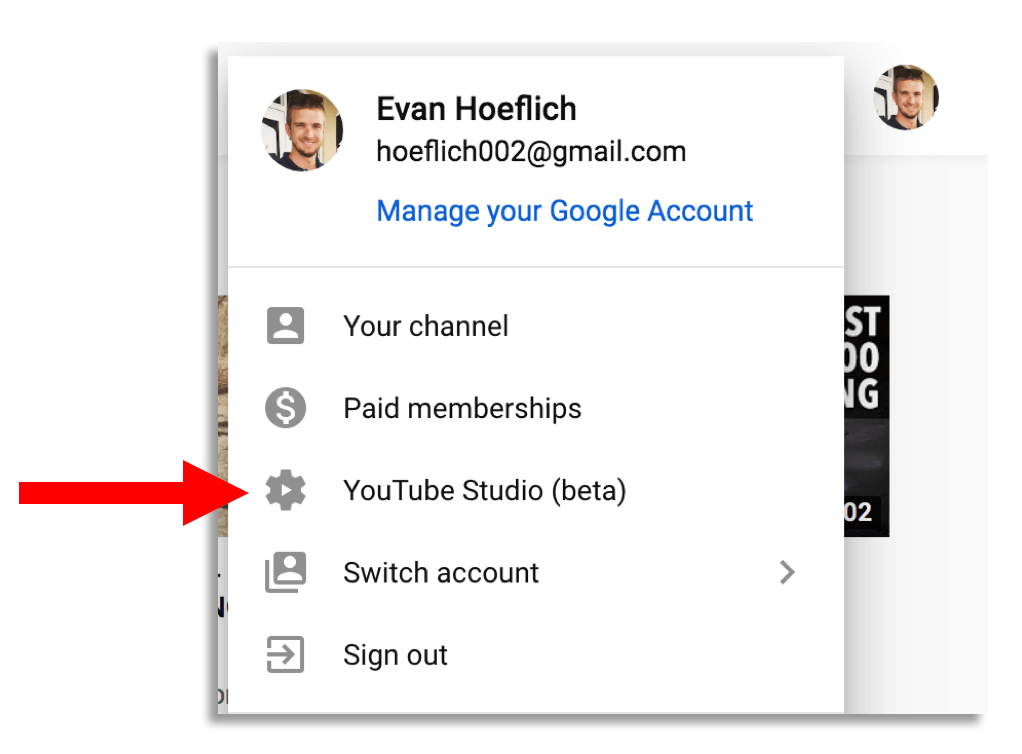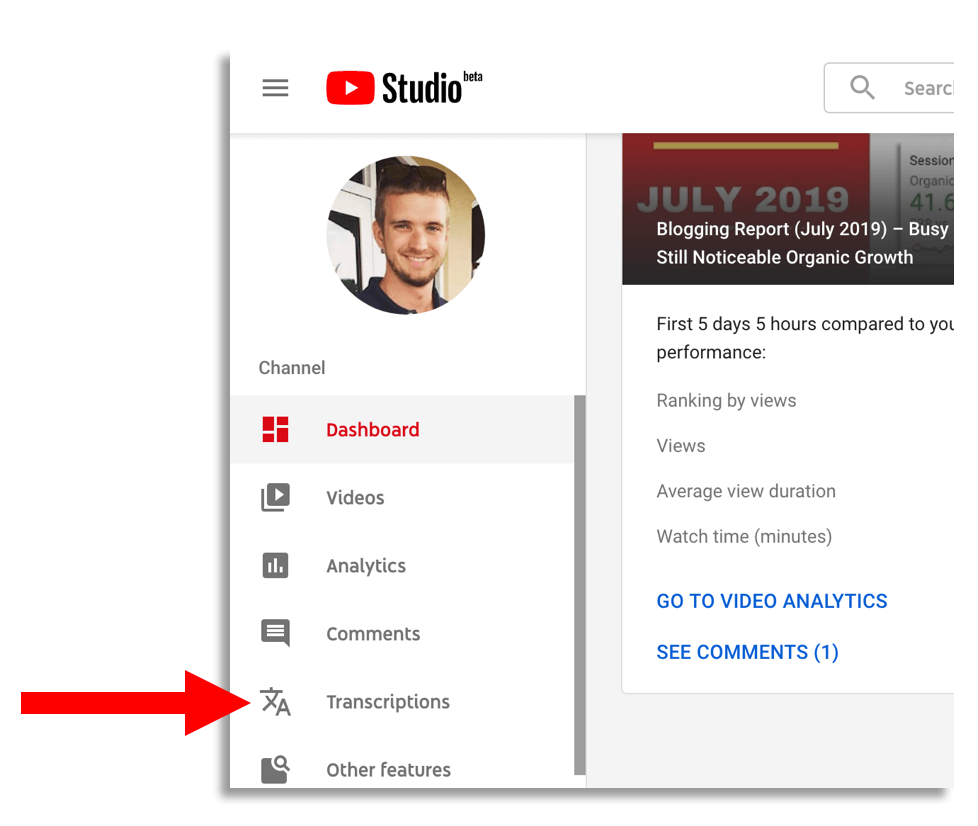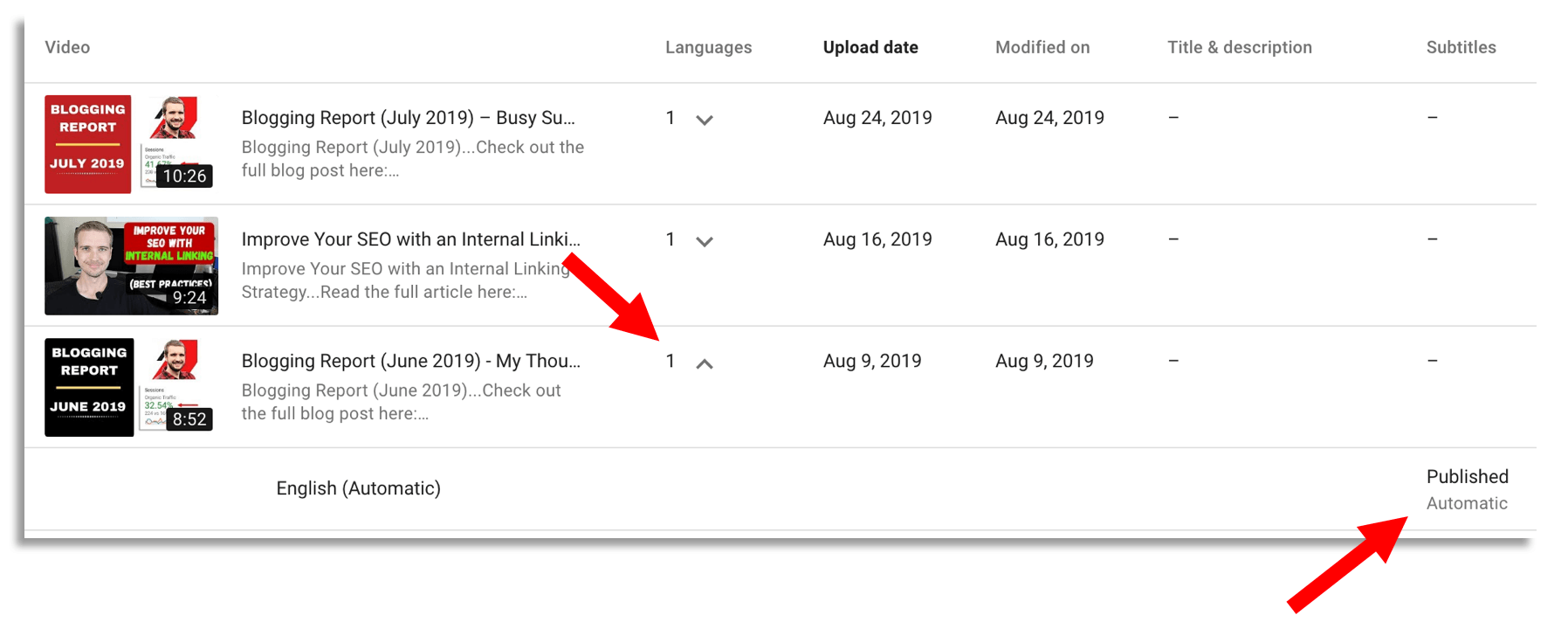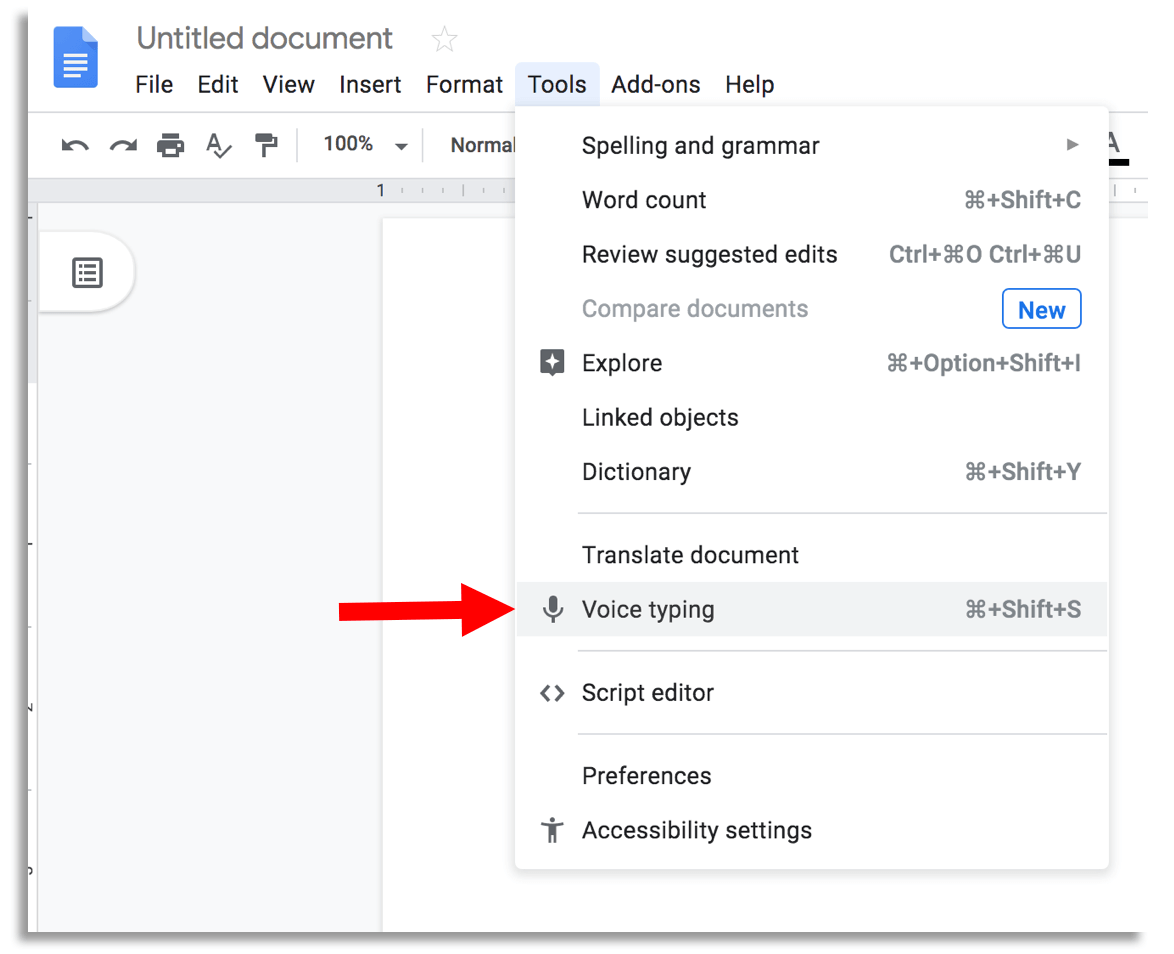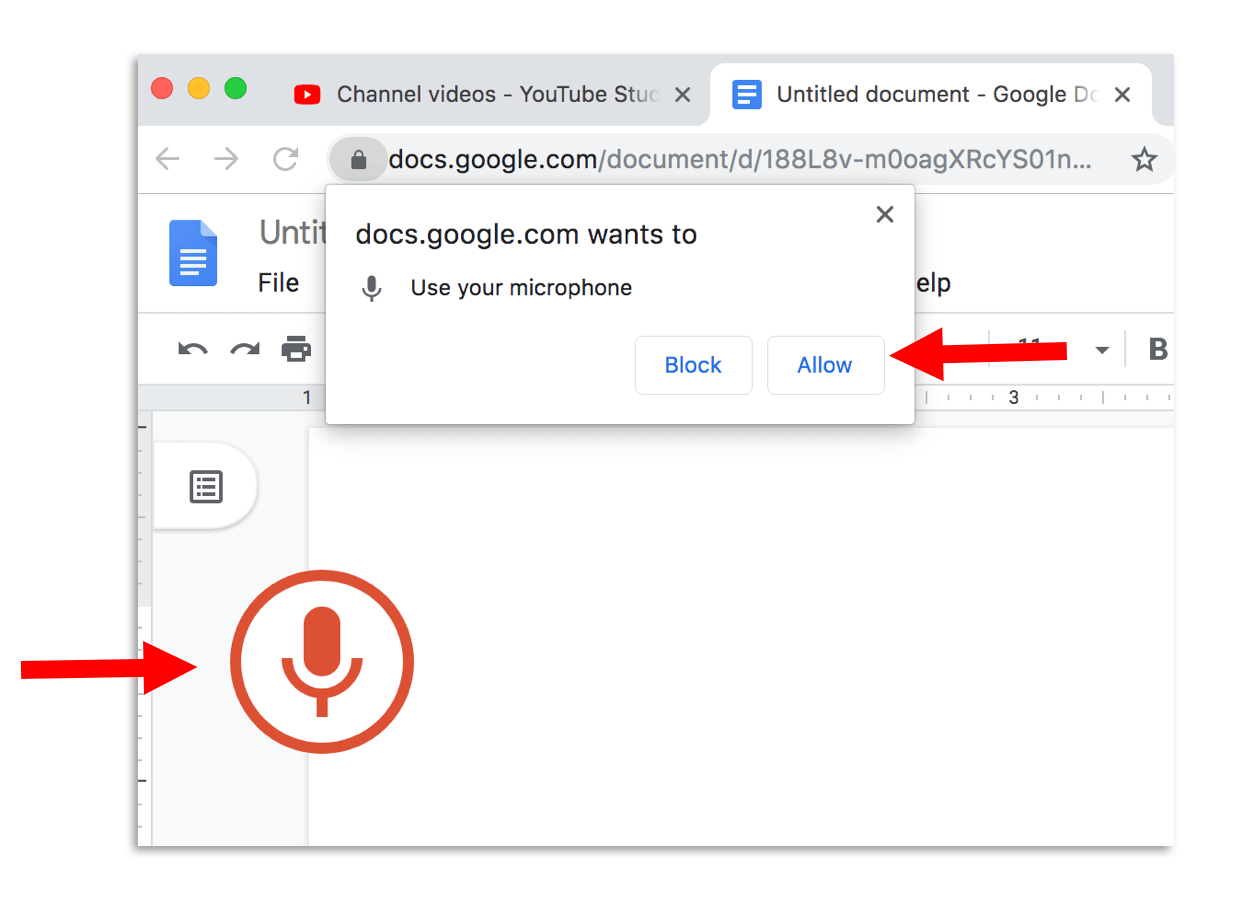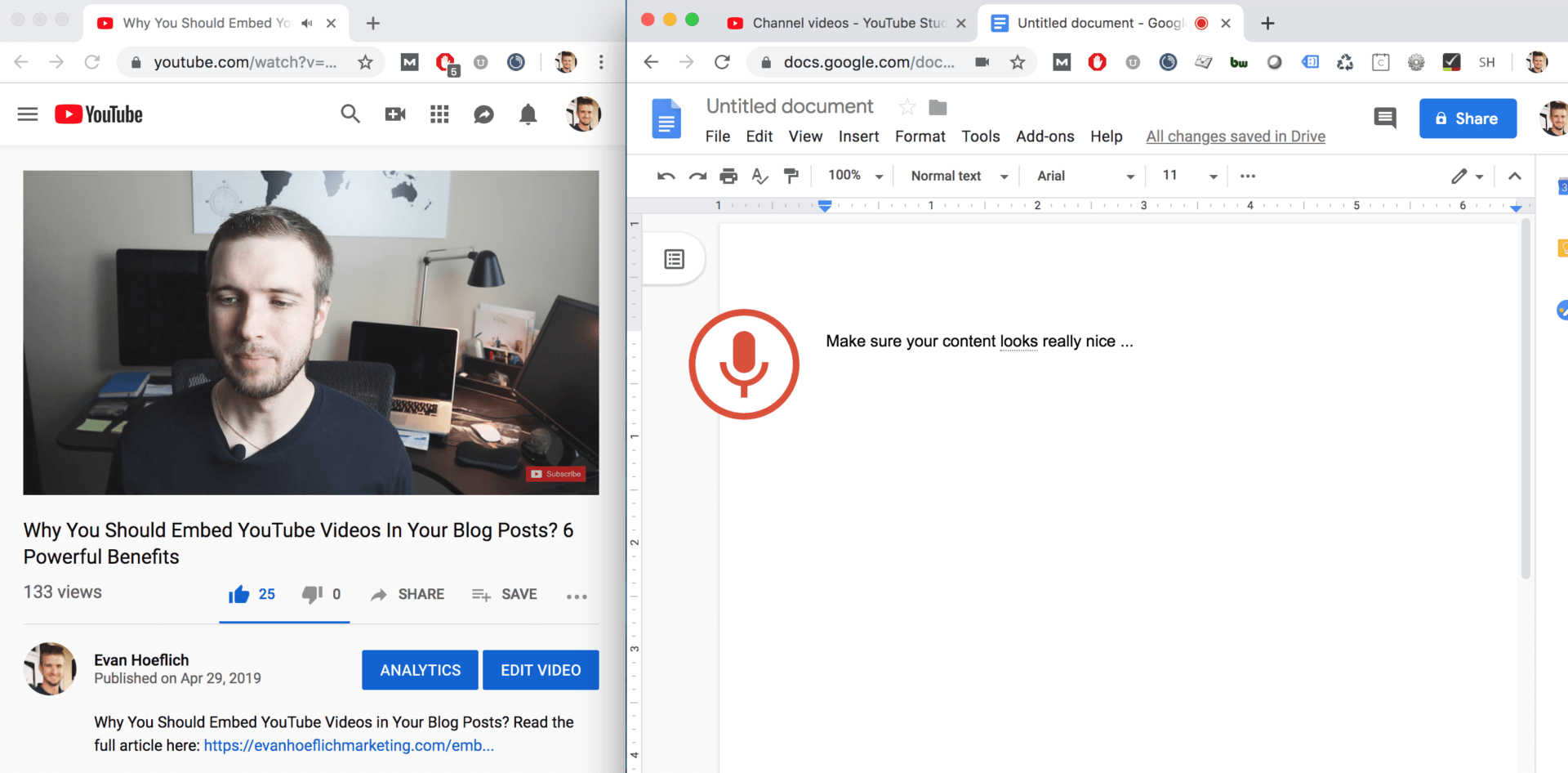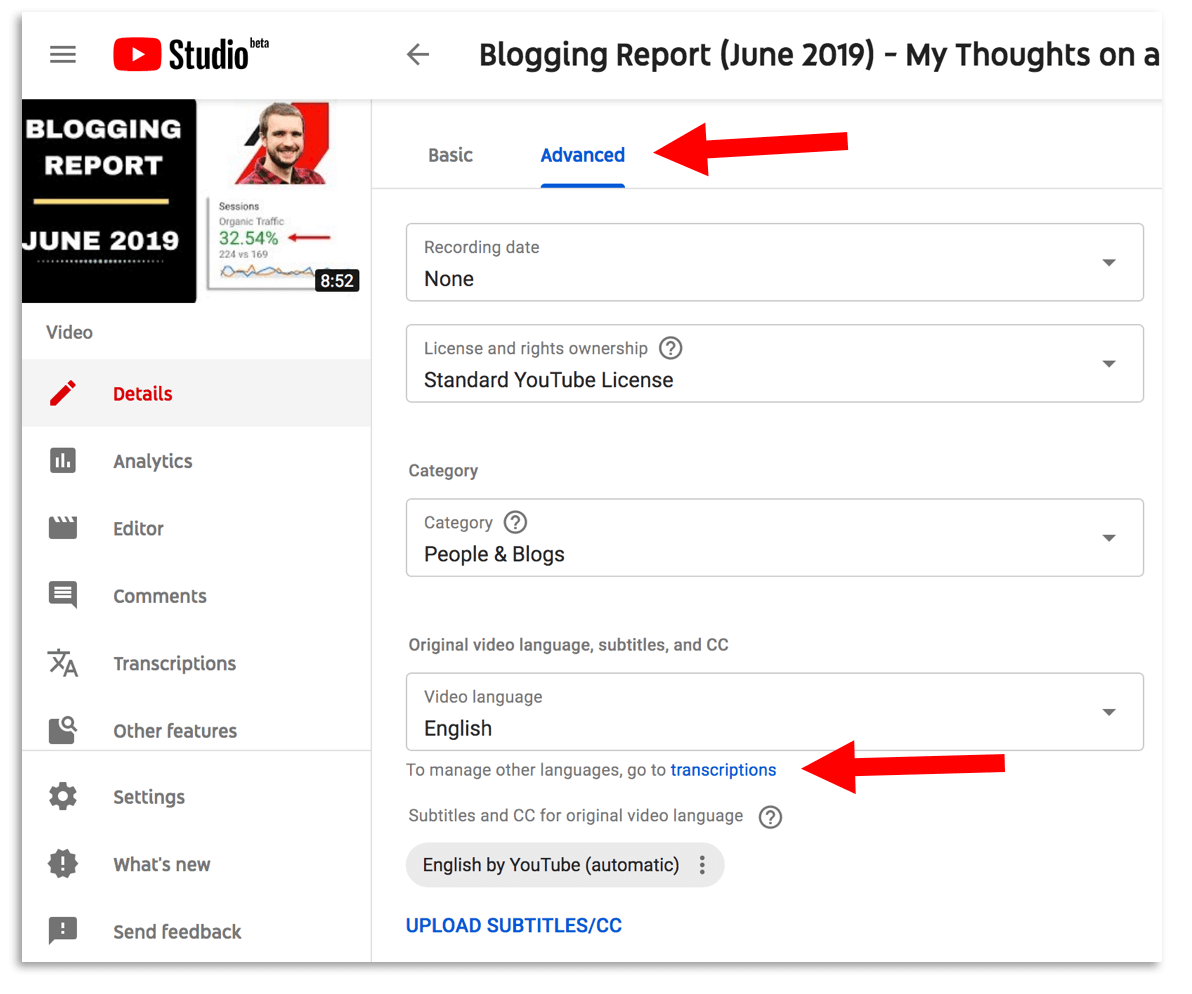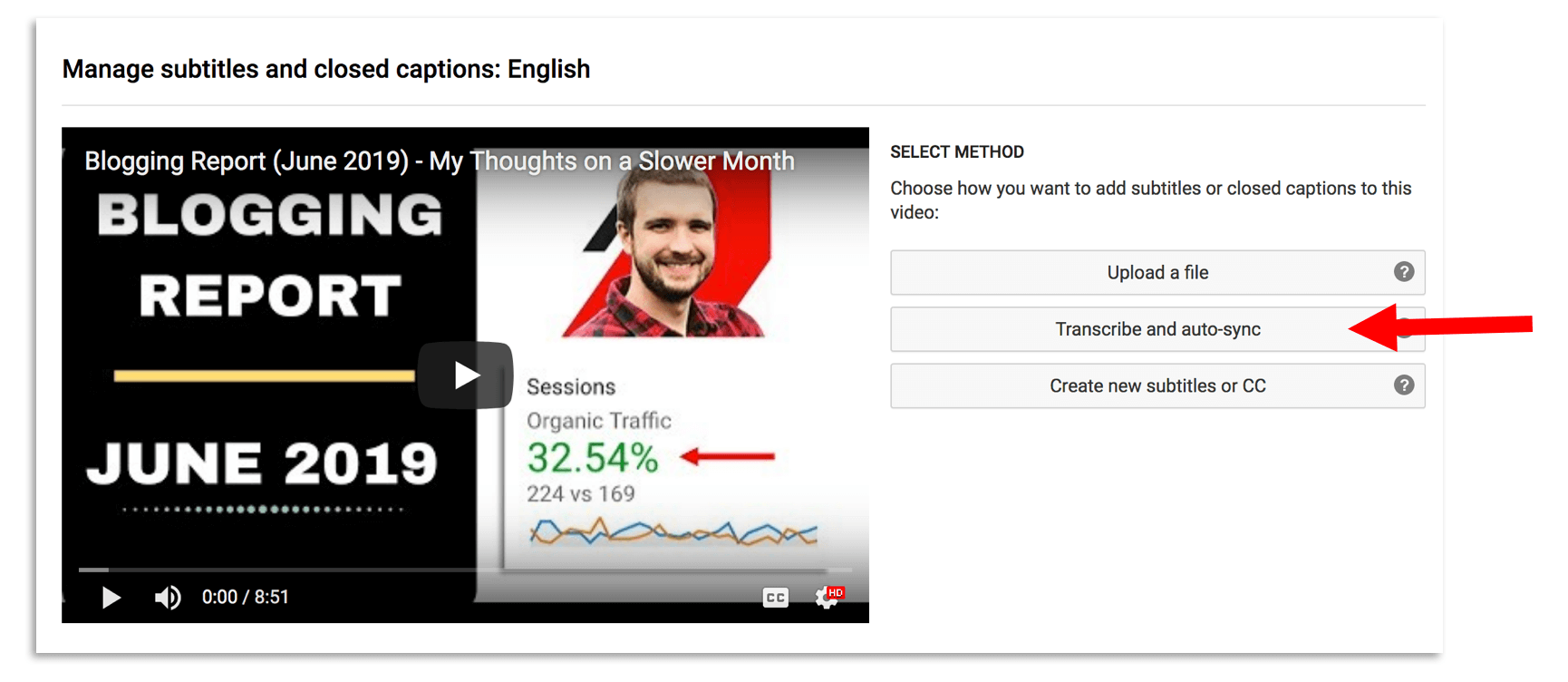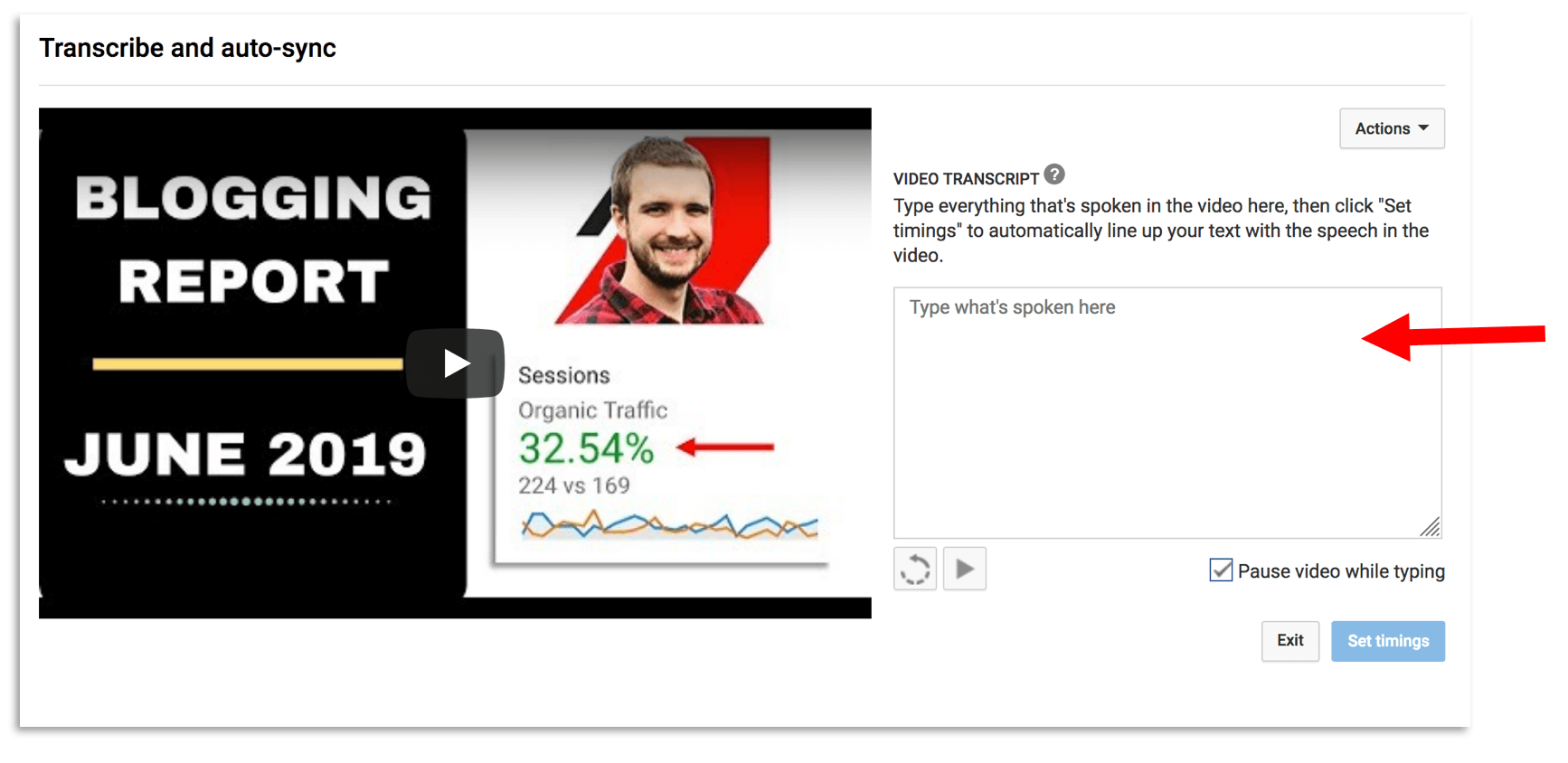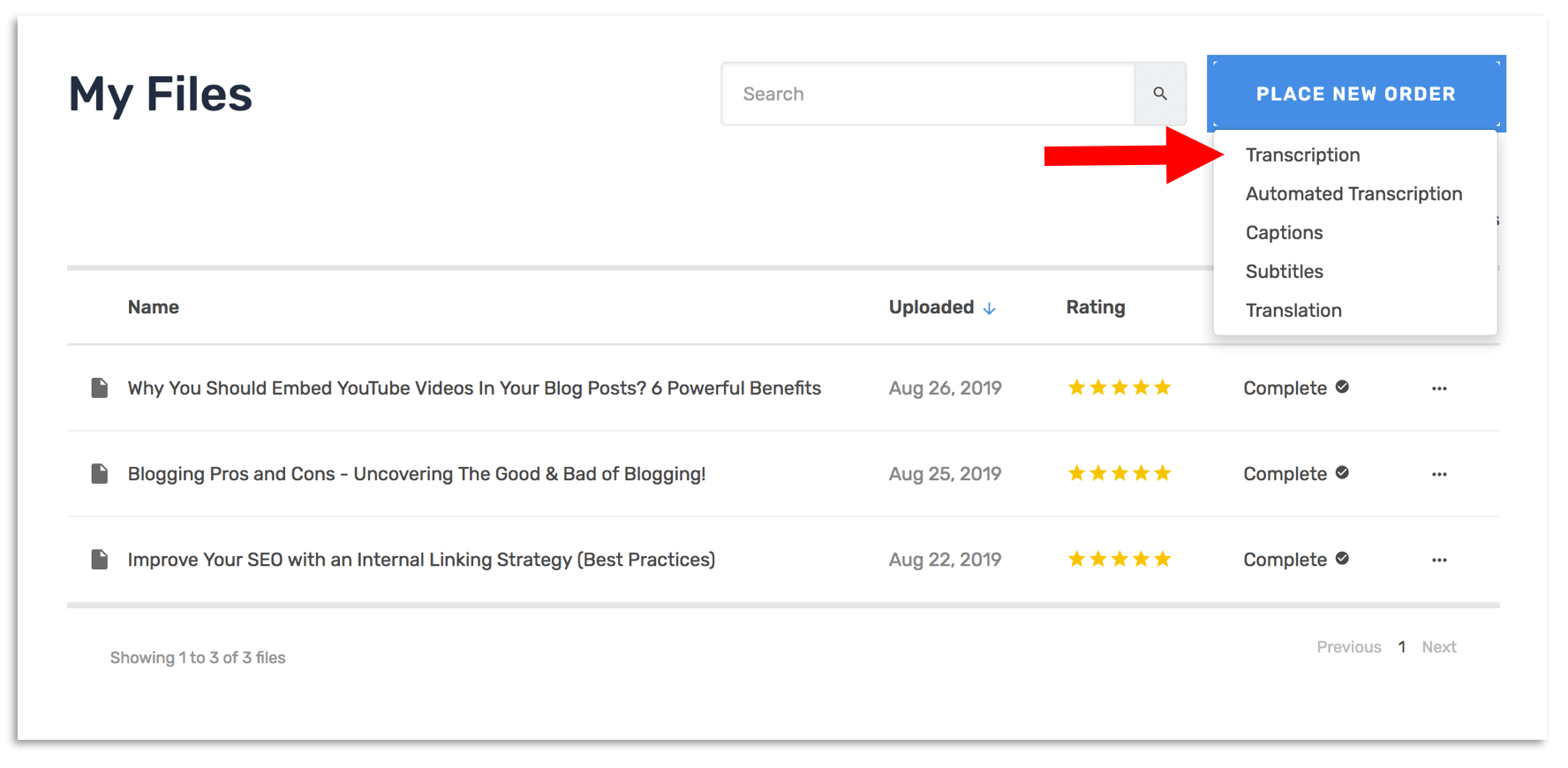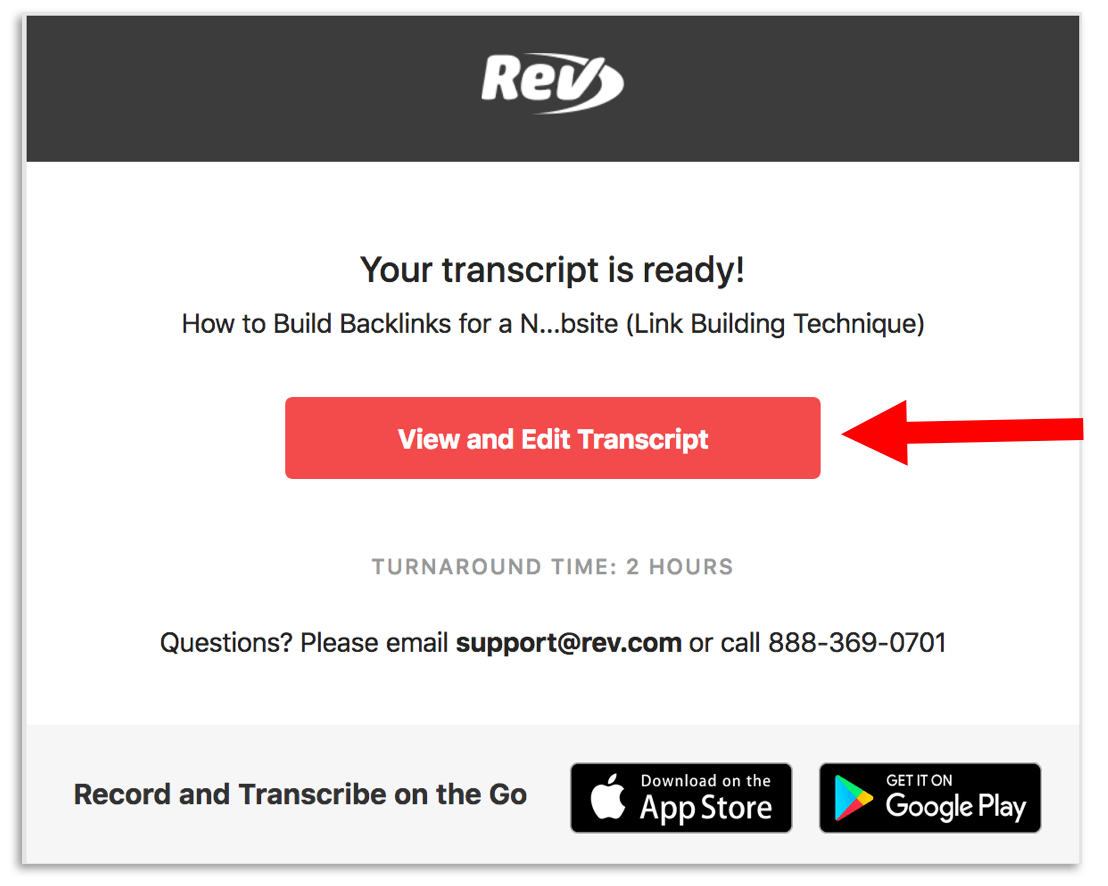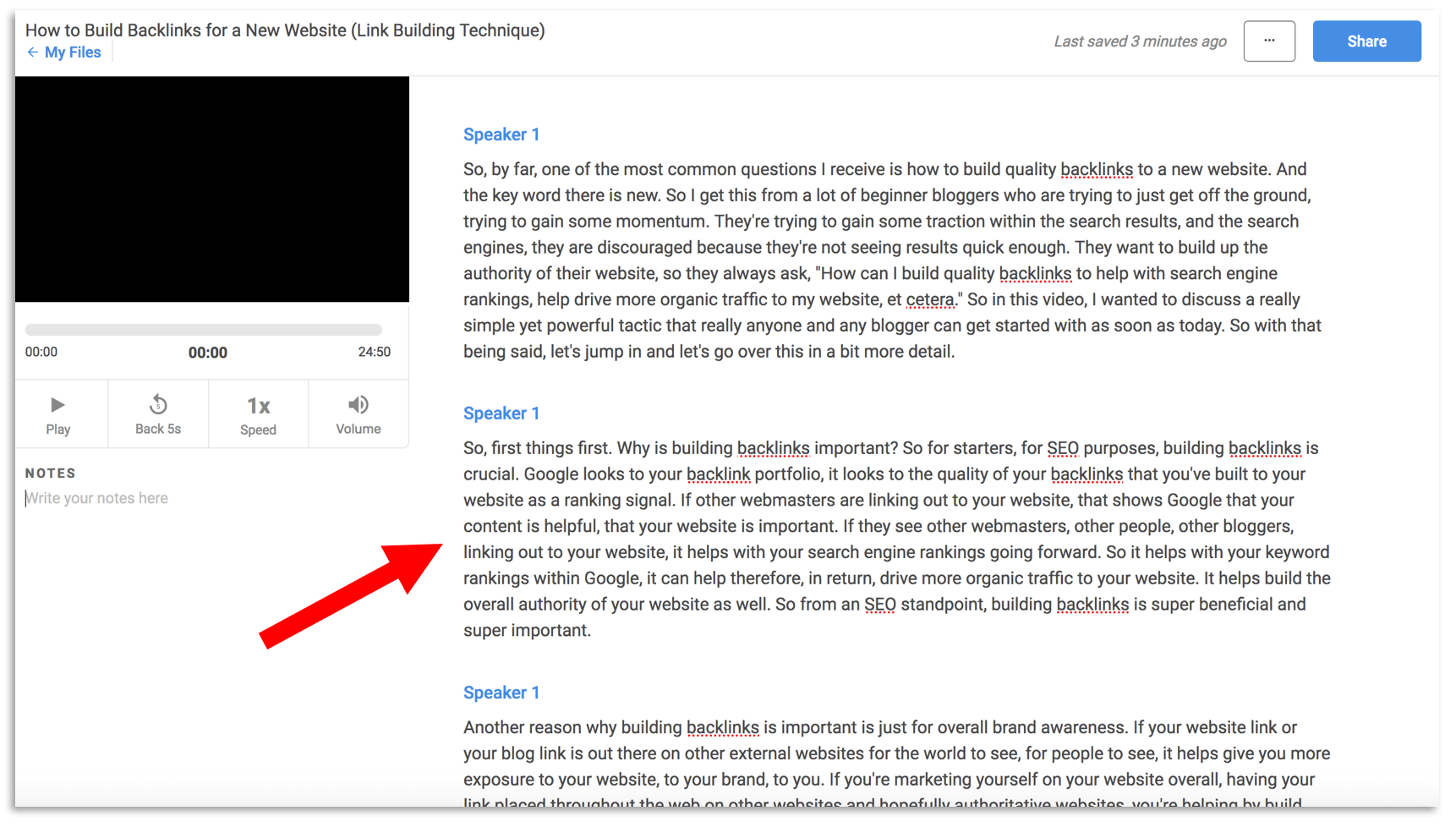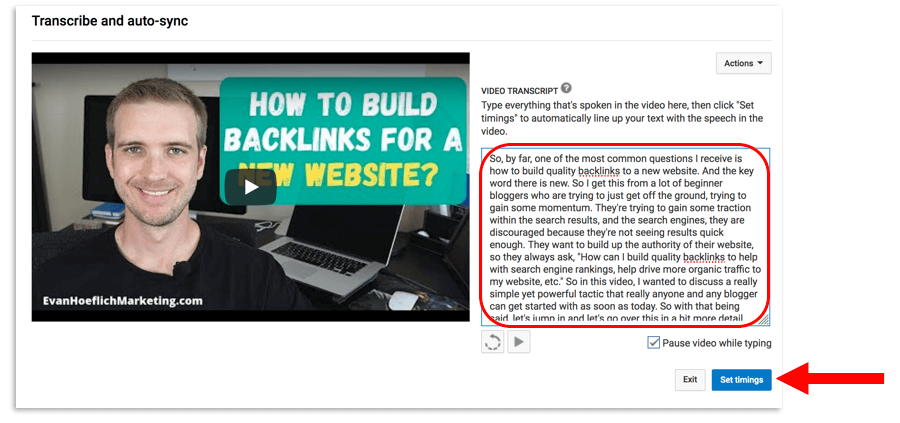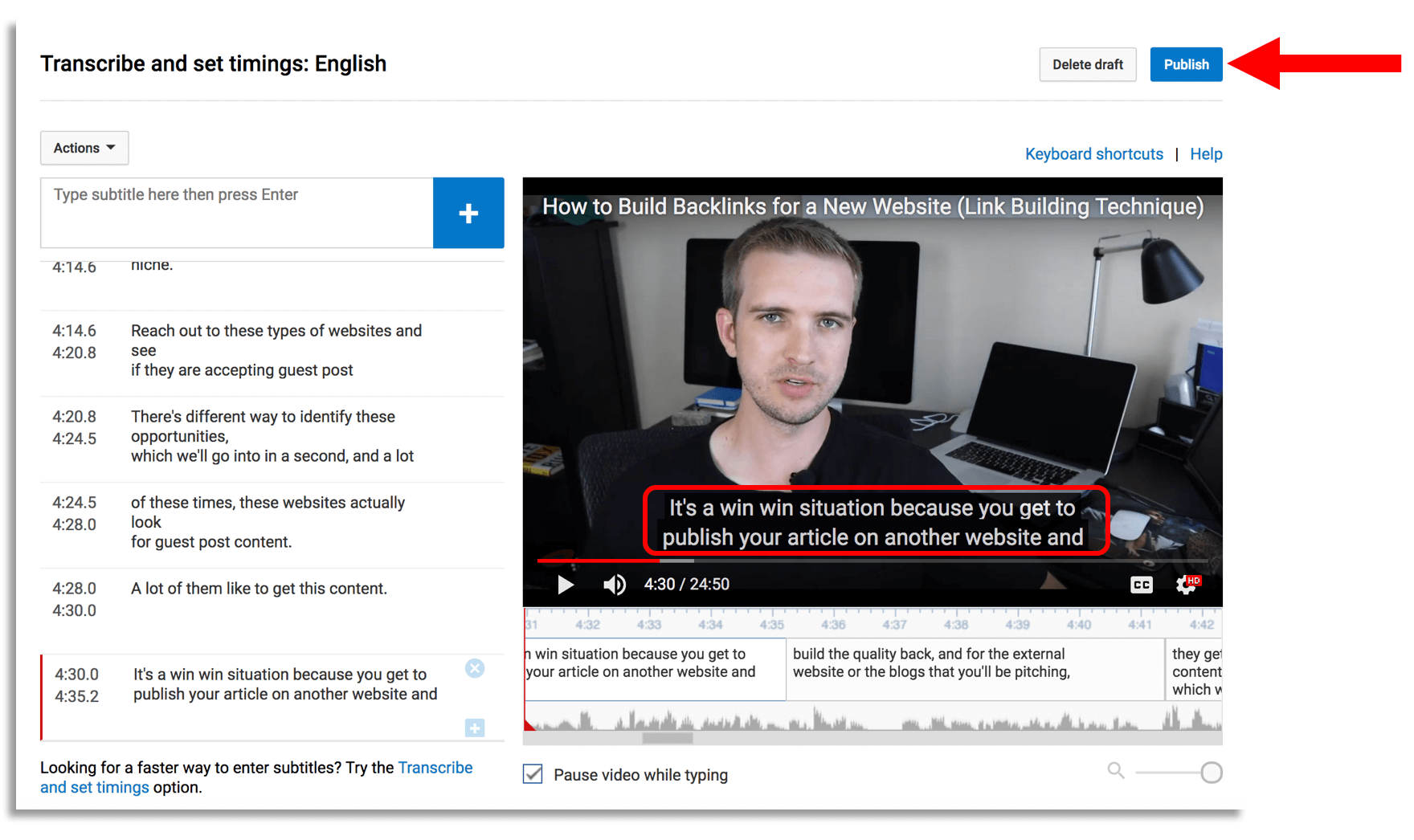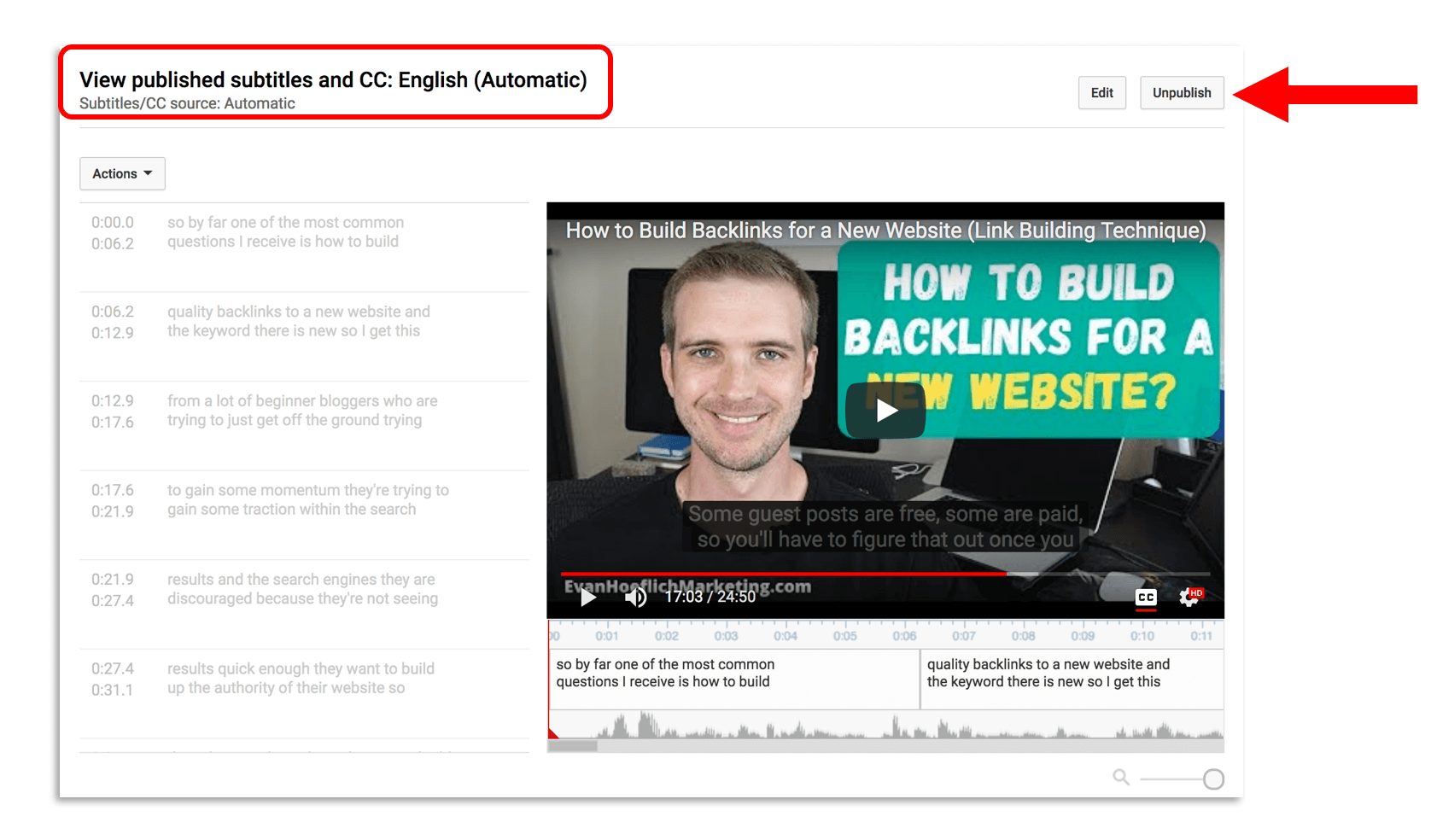Tips for Ranking Higher on YouTube and Beyond

In a world where visual content reigns supreme, video has emerged as the undisputed champion of digital communication. As platforms like YouTube, Facebook, Instagram, and TikTok continue to witness an exponential rise in video consumption, mastering Video SEO has become crucial for creators and businesses alike. This blog explores the growing significance of video content and provides actionable tips to rank higher on YouTube and beyond.
The Landscape of Video SEO
YouTube is a powerhouse for video content, but other platforms are gaining prominence. As video consumption continues rising, statistics predict online videos will soon dominate internet traffic. Understanding this landscape is crucial for optimizing your videos effectively.
YouTube as a Dominant Platform
With over 2 billion logged-in monthly users, stands as the go-to platform for video content. Its search engine functionality makes it essential for creators to optimize their videos for discoverability.
Emerging Importance on Other Platforms
While YouTube is a giant, other platforms such as Facebook, Instagram, and TikTok are rapidly gaining ground in video content. Reach more viewers and maximize engagement by leveraging these platforms and optimizing them with SEO services.
Key Components of Video SEO
Unlock the potential of your videos by optimizing titles, descriptions, and tags. Crafting compelling titles and incorporating relevant keywords, along with providing detailed video descriptions, ensures that your content is not only engaging but also discoverable.
Optimizing Video Titles
Compelling and keyword-rich titles are essential for catching the viewer’s attention and improving search rankings. Craft titles that are both descriptive and intriguing, incorporating relevant keywords to enhance discoverability.
Crafting Engaging Video Descriptions
Detailed and informative video descriptions help viewers understand the content and contribute to search engine optimization. Integrate relevant keywords naturally within the description to boost your video’s search visibility.
Utilizing Effective Video Tags
Tags play a crucial role in video discovery. Choose and implement tags strategically, ensuring they accurately represent the content. Include a mix of broad and specific tags to maximize reach.
Value of Thumbnails and Visual Appeal
Thumbnails are the gateway to your content, influencing click-through rates. Design eye-catching thumbnails with high-quality images and consistent branding to stand out in crowded feeds. Visual appeal goes beyond thumbnails – maintaining a cohesive visual identity enhances the overall viewer experience.
Design Tips for Eye-Catching Thumbnails
Optimize thumbnails for clarity and visibility on different devices. Use high-quality images, readable fonts, and vibrant colors to create thumbnails that stand out in crowded feeds.
Importance of Visual Consistency
Maintaining visual consistency across your video content establishes a brand identity. Consistent thumbnails and branding elements make it easier for viewers to recognize and engage with your content.
Creating Shareable and Engaging Content
Engagement is at the core of successful video content. Encourage likes, comments, and shares by creating content that resonates emotionally, tells compelling stories, and prompts audience interaction.
- Platforms prioritize content that generates engagement. Encourage likes, comments, and shares by creating content that resonates with your audience.
- Ask questions, prompt discussions, and foster community around your videos.
- Craft videos with shareability in mind. Develop content that elicits emotional responses, tells compelling stories, or provides valuable information. Engage with your audience through comments to build a loyal community.
- Storytelling captivates audiences and keeps them watching. Structure your videos with a narrative that unfolds smoothly, holding viewers’ interest from start to finish.
Monitoring Analytics and Iterating
Analytics serve as a compass for refining your Video SEO strategy. Track key metrics such as watch time, CTR, and audience retention. Use these insights to make data-driven decisions, continually improving and adapting your content strategy.
Key Metrics to Track and Analyze
- Watch Time: A crucial metric indicating the total minutes viewers spend watching your videos. Longer watch times positively impact search rankings.
- Click-Through Rate (CTR): Measures the percentage of viewers who clicked on your video after seeing the thumbnail. A higher CTR signals content relevance.
- Audience Retention: Analyze where viewers drop off to refine your content delivery and maintain audience interest.
Making Data-Driven Decisions
Use the insights gathered from analytics to refine your Video SEO strategy. Experiment with different content formats, titles, and thumbnails based on what resonates best with your audience.
Staying Updated with Algorithm Changes
Stay ahead of the curve by staying informed about platform algorithm updates. Adapt your strategies to align with changes and explore new features. Proactive engagement with evolving algorithms ensures your content remains visible to your target audience.
YouTube and Other Platform Algorithm Updates
Algorithms continually evolve, impacting the discoverability of your content. Stay informed about platform updates and adjust your strategy accordingly. Platforms often provide guidelines and resources to help creators adapt to changes.
Adapting Strategies to Stay Ahead
A proactive approach is key. Regularly reassess your Video SEO practices and be ready to adapt. Explore new features and tools offered by platforms to leverage emerging trends.
Resources for Staying Informed
Follow official platform blogs, attend industry webinars, and join communities where creators share insights. Staying connected with industry trends ensures you’re equipped to navigate changes effectively.
Elevate Your Video SEO Game Today!
Congratulations on taking the first steps to optimize your video content for success! As you embark on your journey to higher rankings and increased visibility, remember that Video SEO is dynamic and ever-evolving.
Ready to take your video content to the next level? Contact us at Evan Hoeflich Marketing for expert guidance and personalized strategies tailored to your unique goals. Our team of seasoned professionals is dedicated to helping you navigate the intricacies of the digital landscape.


